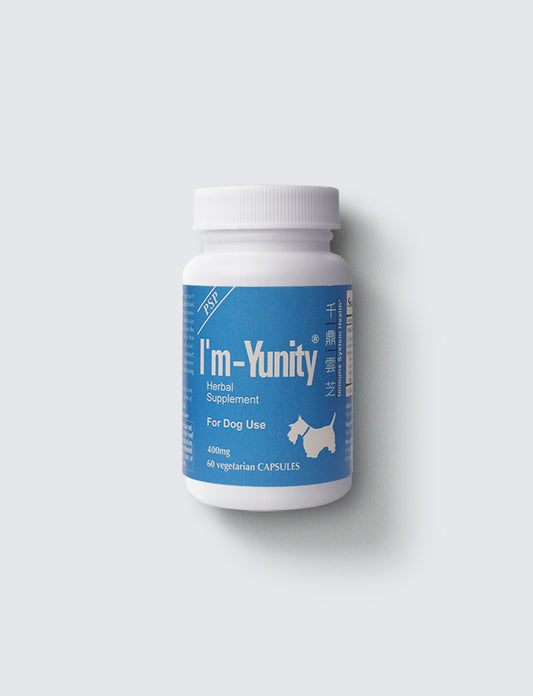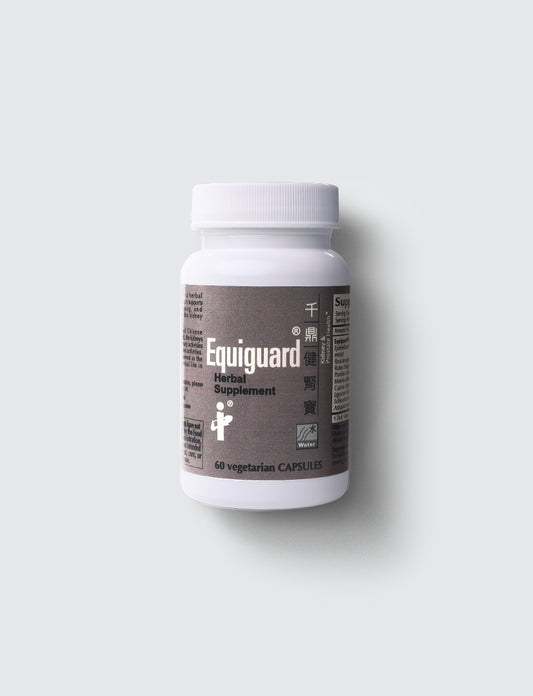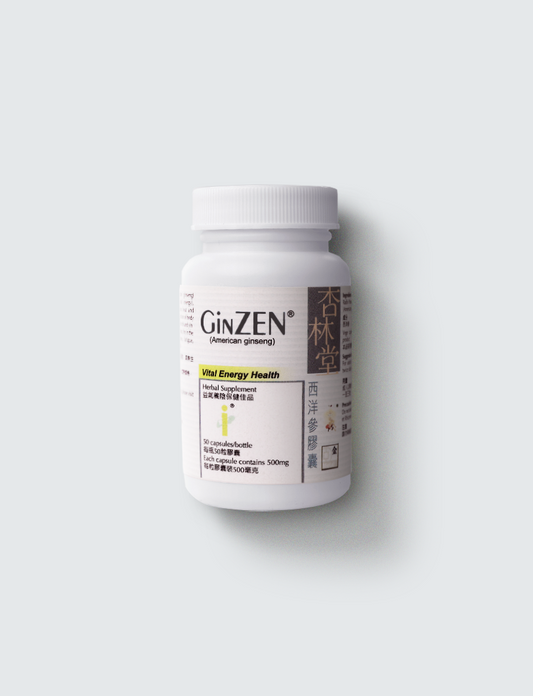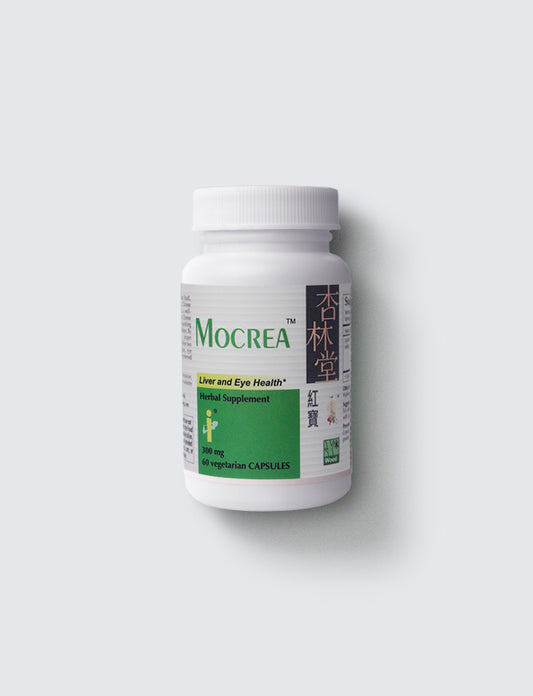Traditional Chinese Medicine Therapy for Chikungunya Fever
Share

Warm Reminder:
The following are references for TCM syndrome differentiation and treatment, and should be used under the guidance of a qualified TCM physician or healthcare professional. Children, pregnant women, patients with chronic illnesses, and those taking medications should not self-medicate. For critical symptoms such as high fever, altered consciousness, convulsions, etc., seek immediate emergency care.
(I) TCM Pathogenesis of Chikungunya Fever
It falls under the category of damp-warmth diseases, with the etiology being mosquito-transmitted epidemic toxins. In the initial stage, it often presents as exterior (wei) syndrome, and some cases may progress to qi division or involve both exterior and qi divisions. Core pathogenesis: wind pathogen invading the exterior, with damp toxin brewing and generating heat.
(II) Syndrome Differentiation and Internal Treatment
1) Acute Phase
-
Clinical Manifestations: Fever or aversion to wind, pain in the limbs and joints (which may be swollen), muscle soreness, diffuse erythema or papules on the limbs and trunk, or pruritus, thirst, fatigue. Tongue pale or pale red, coating white-greasy or yellow-greasy, pulse moist and slippery.
-
Treatment Principle: Clear heat and drain dampness, disperse wind and promote eruption.
-
Recommended Formula (Decoction):
-
Giant Hyssop (Guang Huo Xiang) 10g, Pueraria Root (Ge Gen) 15g, Notopterygium Root (Qiang Huo) 10g, Talcum (Hua Shi) 20g, Red Peony Root (Chi Shao) 10g, Prepared Soybean (Dan Dou Chi) 10g, Lophatherum Herb (Dan Zhu Ye) 10g, Fresh Rehmannia Root (Sheng Di Huang) 10g, Forsythia Fruit (Lian Qiao) 15g
-
Administration: 1–2 doses daily, decocted in water and taken in 100–200ml doses, orally 2–4 times per day. Reduce dosage for children: 1/3 for infants, 1/2 for young children, 2/3–1 times adult dose for school-age children. Follow medical advice in special cases.
-
Additions and Subtractions:
-
Severe rash with intense pruritus: Add Belvedere Fruit (Di Fu Zi) 10g, Fineleaf Schizonepeta Herb (Jing Jie) 10g.
-
Body temperature >38.5℃: 2–3 doses daily, taken once every 4–6 hours.
-
High fever persisting >36 hours: Add Gypsum Fibrosum (Sheng Shi Gao) 30g, Mosla (Xiang Ru) 10g.
-
Presence of high fever, restlessness, delirium, stupor, convulsions: Modified Clearing Pestilential Heat Decoction, or add Refined Cattle Bezoar and Ox Horn Pill (strictly follow medical advice).
2) Recovery Phase
A. Damp Stagnation in the Channels and Vessels Syndrome
-
Manifestations: Persistent joint pain, restricted limb joint mobility or wandering pain, fatigue, body heaviness. Tongue pale, coating white or white-greasy, pulse fine or soft and slow.
-
Treatment Principle: Remove dampness and dispel bi (obstruction).
-
Formula: Notopterygium Root (Qiang Huo) 8g, Doubleteeth Pubescent Angelica Root (Du Huo) 12g, Cinnamon Bark (Rou Gui) 3g, Largeleaf Gentian Root (Qin Jiao) 15g, Piper Kadsura Stem (Hai Feng Teng) 15g, Mulberry Twig (Sang Zhi) 15g, Chinese Angelica (Dang Gui) 10g, Szechwan Lovage Rhizome (Chuan Xiong) 6g, Frankincense Olibanum (Ru Xiang) 6g, Aucklandia Root (Mu Xiang) 6g, Liquorice Root (Gan Cao) 6g
B. Lung-Spleen Qi Deficiency Syndrome
-
Manifestations: Fatigue, shortness of breath, spontaneous sweating, chest oppression, poor appetite, epigastric distension, loose or sticky stools. Tongue pale, coating white-greasy, pulse fine and weak.
-
Treatment Principle: Tonify qi and strengthen the spleen.
-
Formula: Pilose Asiabell Root (Dang Shen) 15g, Milkvetch Root (Huang Qi) 15g, Tangerine Peel (Chen Pi) 10g, Indian Bread (Fu Ling) 15g, Prepared White Hyacinth Bean (Chao Bai Bian Dou) 15g, Prepared Barley Sprout (Chao Mai Ya) 15g, Morinda Root (Ba Ji Tian) 10g, Ophiopogon Root (Mai Dong) 10g, Chinese Magnoliavine Fruit (Wu Wei Zi) 5g, Honey-Fried Liquorice Root (Zhi Gan Cao) 10g
C. Liver Constraint with Spleen Deficiency Syndrome
-
Manifestations: Irritability, palpitations, anxiety, dry mouth with bitter taste, insomnia, epigastric distension, poor appetite. Tongue pale red, coating thin, pulse wiry and fine.
-
Treatment Principle: Soothe the liver and strengthen the spleen.
-
Formula: Wheat Awn (Fu Xiao Mai) 30g, Glossy Privet Fruit (Nu Zhen Zi) 12g, Prepared Sour Jujube Seed (Chao Suan Zao Ren) 15g, Ophiopogon Root (Mai Dong) 10g, Tuckahoe with Pine Root (Fu Shen) 10g, Honey-Fried Liquorice Root (Zhi Gan Cao) 10g, Tangerine Peel (Chen Pi) 5g, Prepared White Hyacinth Bean (Chao Bai Bian Dou) 15g, White Peony Root (Bai Shao) 15g, Common Yam Rhizome (Shan Yao) 15g
(III) External Treatment Methods
1) Herbal Foot Soak
-
Efficacy: Clears heat, drains dampness, and unblocks the muscles. Can improve fever, fatigue, and joint pain.
-
Method: Giant Hyssop (Guang Huo Xiang) and Lophatherum Herb (Dan Zhu Ye) 30g each, decoct in water and soak feet in warm decoction.
2) Bloodletting Therapy
-
Efficacy: Drain heat and resolve toxins, dredge the collaterals and stop pain. Suitable for reducing high fever or relieving joint pain.
-
Procedure: For high fever, prick to bleed at Dazhui (DU14) or the ear apex; for joint pain, bleed and cup at the affected site.
-
Caution: Must be performed by qualified professionals, with attention to sterility and bleeding risks.
3) Herbal Fumigation and Washing
-
Efficacy: Transform dampness, dredge the collaterals, and stop pain; improves joint pain.
-
Method: Honeysuckle Stem (Ren Dong Teng), Chinese Clematis Root (Wei Ling Xian), and Sinomenium Stem (Kuan Jin Teng) 30g each, decoct and use gauze soaked in the decoction for hot compress on the affected area.
4) Herbal Wet Compress
-
Efficacy: Clears heat and astringes; improves rash and pruritus.
-
Method: Amur Cork-tree (Huang Bai) and Purslane (Ma Chi Xian) 30g each, decoct and apply as cold wet compress, twice daily.
Safety Reminder:
-
Discontinue any external treatment immediately and seek medical attention if allergy, worsening rash, skin breakage infection, or fainting occurs.
-
Pregnant women, those with abnormal coagulation function, or on anticoagulant medications should avoid bloodletting therapy.
Reference:
National Health Commission of the People’s Republic of China: Diagnosis and Treatment Protocol for Chikungunya Fever



